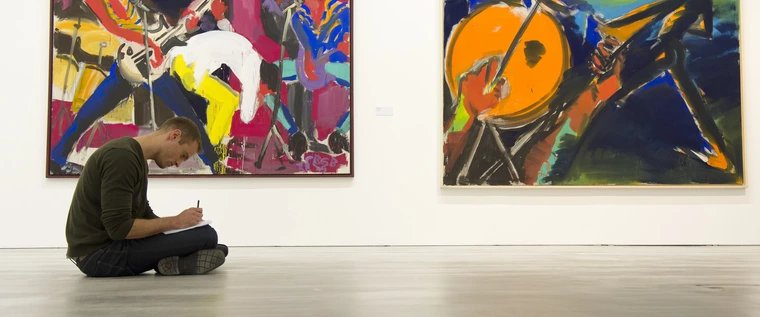
Top Event
The Berlin Wall fell 35 years ago and the now united city was faced with a new predicament: How could the population of a single city with two separate systems come together as one? The special exhibition at C/O Berlin Dream on - Berlin, the 90s focuses on the turbulent events of the post-reunification years in the German capital.
For over twenty-eight years, the Berlin Wall was the symbol of the Iron Curtain, the ideological war between East and West, and the physical border dividing Europe and Germany.
When the Berlin Wall fell on 9 November 1989, reuniting a divided country and its people, a new era began for Germany and Berlin.
Worries, frustration, and questions of belonging were in the air, as well as the desire for political renewal and to make Berlin a model for the new Federal Republic of Germany.
While debates about large-scale investments, urgent housing issues, and social inequality dominated this period, it was also shaped by the emergence of a confident new generation of Berliners rediscovering the city and its spaces.
Seven East German photographers established the Ostkreuz photography agency against the backdrop of 1990s Berlin:
- Sibylle Bergemann,
- Harald Hauswald,
- Werner Mahler,
- Ute Mahler,
- Jens Rötzsch,
- Thomas Sandberg
- and Harf Zimmermann.
They sought to establish themselves on the market and form a creative collective of like-minded photographers. They captured the events directly following reunification and their photographs document the societal challenges of this period.
Even today, they make visible the concerns of the younger generation from former East Germany, who had to grapple with new questions of identity.
Such questions were not sufficiently discussed in the official political realm in the early 1990s, which meant the discourse shifted into new, independent spaces.
Undeveloped land and abandoned, unused sites became alternative locations for living, working, and creating, as well as unofficial club spaces.
The techno scene imported to Germany from Detroit and Chicago boomed. Played in underground Berlin clubs, this music brought together young people from East and West and represented the new generation’s liberation from the constraints of the former two-state system.
Yet the spaces of possibility and hope that were opened by the fall of the wall were accompanied by new challenges from the start.
Squatters and artists weren’t the only ones who found new opportunities in Berlin, and along with the city’s cultural rebirth, a wave of privatization and commercial urban development ensued.
While the brief euphoria of German unification gave way almost immediately to a new intensity and visibility of right-wing violence.
In 2024, C/O Berlin is celebrating three anniversaries:
- 35 years after German reunification
- 35 years since the founding of Ostkreuz
- 25 years of C/O Berlin
Dream on - Berlin, the 90s shows famous scenes of Berlin together with previously unseen motifs, combining these with rare archival materials such as publications, magazines, contact sheets, and press clippings.
Annette Hauschild, founding member of Ostkreuz, was guest curator. Around 200 photographic works from the agency's Berlin archive will be on display, evoking charged moments and places that continue to define our understanding of the period, even thirty-five years later.
The photographers involved include:
Sibylle Bergemann, Annette Hauschild, Harald Hauswald, Ute and Werner Mahler, Thomas Meyer, Jordis Antonia Schlosser, Anne Schönharting and Maurice Weiss.
Dates
January 2025
| Mo | Tu | We | Th | Fr | Sa | Su |
|---|---|---|---|---|---|---|
1
|
2
|
3
|
4
|
5
| ||
6
|
7
|
8
|
9
|
10
|
11
|
12
|
13
|
14
|
15
|
16
|
17
|
18
|
19
|
20
|
21
|
22
|
23
|
24
|
25
|
26
|
27
|
28
|
29
|
30
|
31
|






